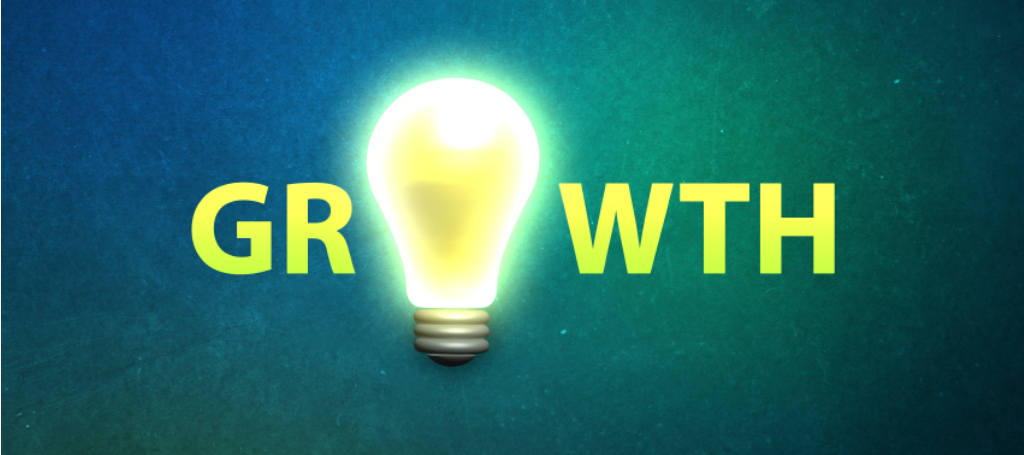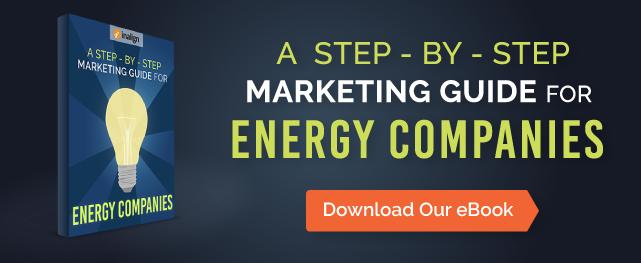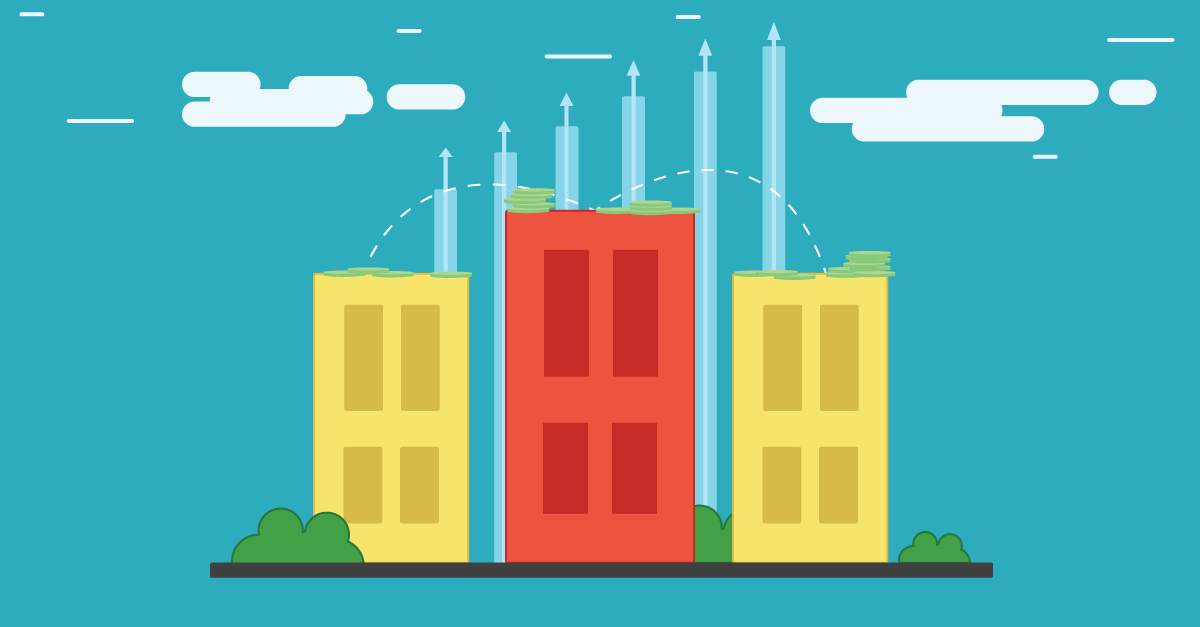
CEOs and CMOs of energy service companies face many significant marketing challenges. While their potential market is vast (i.e., owners of homes and businesses in deregulated states who purchase natural gas and/or electricity from their local public utility or another retail energy provider, which is just about everybody in those markets) business growth depends on reaching and convincing potential customers that despite current low energy prices there are many benefits to switching providers and buying their energy products from them. They are also challenged to keep customers once they get them and to manage customer acquisition and retention costs.
Inbound marketing can help with each of these growth challenges. Why? Because inbound marketing focuses on the way today’s consumers learn, shop and buy. Consumers rely more on online searches (including reviews of product choices and companies), blogs and social media to make their buying decisions and they expect companies to continue to inform and delight them after the purchase.
Here are three inbound marketing actions that can help energy service companies achieve their growth goals:
1) Identify Who Your Want to Reach
While just about every homeowner and business owner in your market buys natural gas and/or electricity, they are NOT all good prospects for your company.
Determining who you want to reach is an often overlooked but critical first step to attracting the right prospects to your website and brand.
Who are the right prospects for your company? They are people with problems and pain points similar to the people you would consider to be your ideal customers or buyers of electricity and natural gas.
Your ideal customers (or buyer personas) are the prospects who are most likely to become leads, customers and promoters of your brand and company because you can successfully solve their problems.
Defining your ideal customers is more than just understanding their demographics. It’s about understanding their needs, interests and concerns. For example,
- What worries them most about changing energy suppliers?
- What is motivating them to consider changing energy suppliers?
- What do they want most from a new energy supplier?
- Are they price sensitive?
Here are three reasons why you should take the time to identify and profile your ideal customers:
- It ensures that your sales and marketing teams are aligned and in agreement with whom they should be focusing on as the best prospects to become your customers.
- It makes it easier to create the right content for your website and social media sites.
- It provides a roadmap for knowing how to reach your best prospects by identifying where they go for information (e.g., Are they more apt to use Facebook or LinkedIn? Which blogs do they read? What forums do they participate in?).
2) Make It Easy For Prospects to Become Leads and Customers
Have you ever been to a website with the intent to make a purchase but didn't because either you couldn't find what you were looking for or the purchase process seemed misleading or too onerous?
Buyers today expect websites to make it easy for them to find what they are looking for. They also want a clear understanding of the value or benefit they will derive from what you have to offer before deciding if and how much personal information they are willing to share with you.
In order to make it easy for prospects to become leads and, eventually, customers you first need to understand what the typical buying cycle looks like for each of your buyer personas (e.g., residential vs. commercial prospects).
All buyers go through the same three-stage process (The Buyer's Journey) to make a buying decision:
- It begins with the Awareness Stage when prospects first discover that they have a problem or opportunity, which they may learn about through online research or advertising.
- Next is the Consideration Stage when prospects are looking to determine what options are available to them.
- Last is the Decision Stage is when prospects have narrowed down the vendors and products for their purchase decision and are ready to talk to a salesperson.
The key is to engage with each of your prospects throughout the buying cycle by ensuring that your interactions (whether it's through a web page, an email or a social media post) are appropriately tailored to where they are in the Buyer's Journey.
You can identify what type of content will be needed for each stage by creating a content “map” for each of your buyer personas. Here is an example:

3) Retain Your Existing Customers
You got your customers because you had the right energy solutions for them. So don’t leave them hanging. After all, it costs businesses 6-to-7 times more to acquire a new customer than to retain an existing one1.
Here are a few examples of ways to stay engaged with and retain your existing customers:
- Personalize periodic email messages with, for example, their name, company name and a link to content you know they are interested in.
- Provide special discounts for products or services they need and want. Make it available to them on your website, giving them another reason to stay connected with your company.
- Empower your customers by continuing to provide relevant information and recommendations that will enable them to succeed. If you know a customer’s main problem is reducing energy consumption, be helpful by providing recommendations to them on this topic.
- Monitor your customers on social media and look for opportunities to interact with them.
- Personalize calls-to-action on your webpages. If you have a propane customer, don’t show them an offer on your website for “How to Switch to Propane.” Instead, make sure your customers only see calls-to-action for things they need.
1 Source: Bain & Company as reported by Inc.com
Conclusion
Your business growth depends on: 1) reaching and convincing potential customers to switching providers and buying their energy products from you; 2) making it easy for residential and commercial prospects to become your customers; and 3) keeping customers once you get them.
Inbound marketing offers a proven, data-driven approach to help you achieve your business growth objectives. Learn more by downloading our free eBook now.








